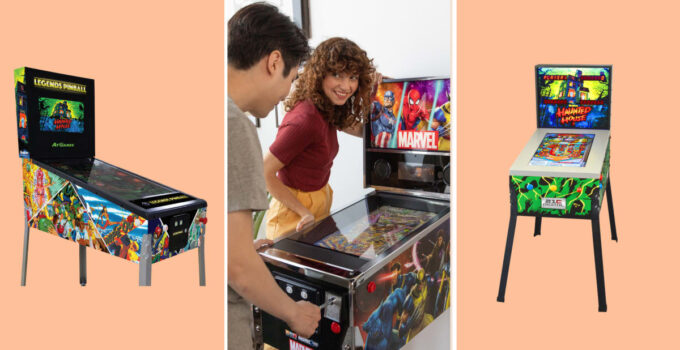Virtual pinball machines have become a beloved addition to many homes, offering the thrill of arcade-style gameplay without the need for a massive, space-consuming physical pinball machine. Building your own DIY virtual pinball machine can be an exciting and rewarding project that combines elements of gaming, woodworking, electronics, and software configuration. In this comprehensive guide, we’ll take you through each step of the process, from gathering essential materials to troubleshooting common issues, to help you craft your very own virtual pinball masterpiece.
Introduction to DIY Virtual Pinball Machines
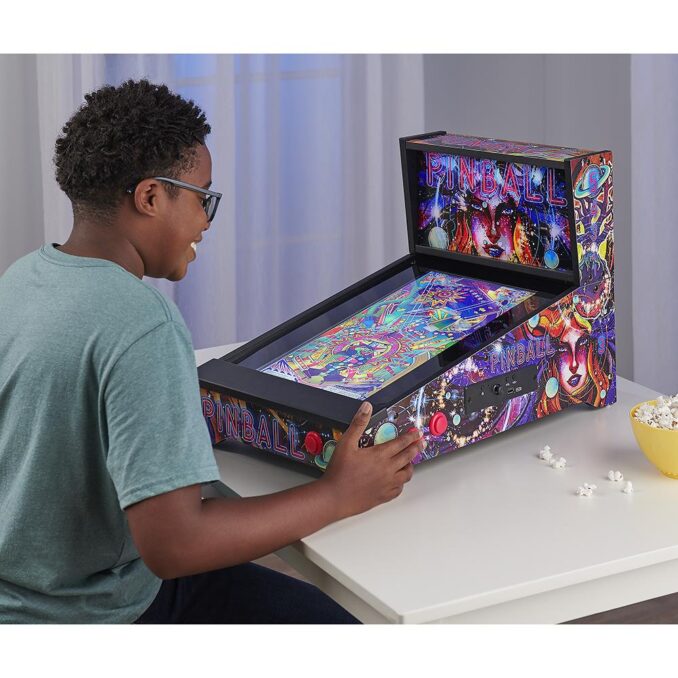
Source: hammacher.com
A contemporary take on the traditional game is a virtual machine, usually referred to as a digital pinball machine or a virtual cabinet. They mimic the appearance and feel of conventional tables while simulating gaming with digital technology. The playfield of these machines is often a cabinet with a big LCD screen, replete with buttons, plungers, and flippers to control the action. Under the hood, where specialized software brings the virtual table to life, is where the true magic happens.
Gather Essential Materials and Tools for the Project
Before embarking on your journey, it’s crucial to gather all the necessary materials and tools. Here’s a list of items you’ll need to get started:
Materials:
- Medium-density fiberboard (MDF) or plywood for the cabinet
- LCD monitor or TV for the playfield
- Computer or hardware platform
- Pinball buttons, flippers, and plunger
- Wiring and electronic components
- Graphics for customizing the playfield
- Screws, bolts, and adhesive
Tools:
- Saw for cutting wood
- Screwdriver and drill
- Sandpaper for finishing
- Soldering iron and solder
- Wire strippers and crimping tools
- Paints and brushes for cabinet design
- Measuring tape and square for precision
Selecting a Suitable Computer or Hardware Platform
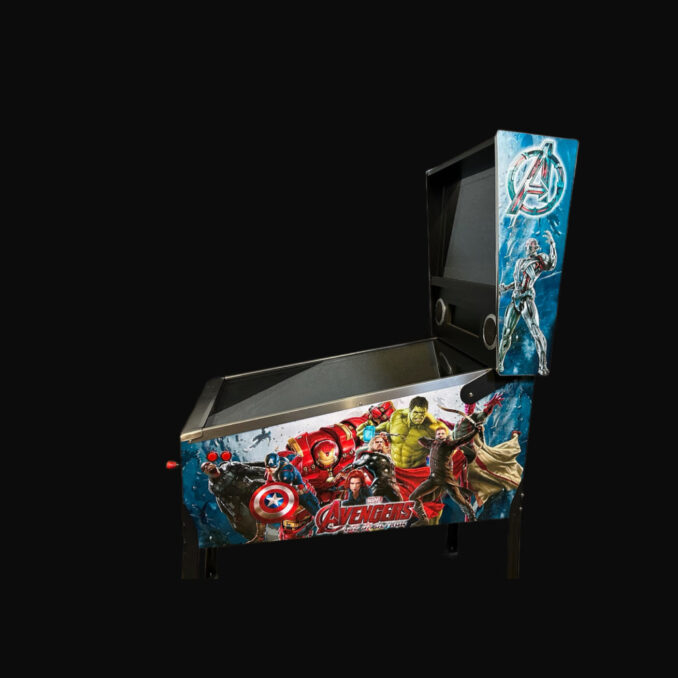
Source: luckyfinhomestore.com
The heart of your machine is the computer or hardware platform that runs the simulation software. You have several options here, ranging from repurposing an old PC to using a dedicated microcontroller or a Raspberry Pi. Your choice will depend on your budget and technical expertise. A powerful PC can provide a seamless gaming experience with high-quality graphics, while a Raspberry Pi offers a more affordable and compact solution.
Choosing the Right Software for Virtual Pinball Simulation
Selecting the right software is critical to achieving an authentic experience. Several virtual software packages are available, each with its unique features and capabilities. Some popular options include:
- Visual Pinball: A versatile and widely used simulation software.
- Future Pinball: Known for its user-friendly design tools for creating custom tables.
- Pinball FX3: Offers a collection of licensed tables with stunning visuals.
- PinballX: A front-end interface that simplifies navigation and game selection.
Research each option to find the software that best suits your preferences and skill level.
Building the Cabinet Structure for Your Pinball Machine
The cabinet is the physical foundation of your machine. You’ll need to follow a set of plans or design your own cabinet structure. It’s essential to pay attention to the dimensions and proportions to ensure an authentic experience. Assemble the cabinet using MDF or plywood, making sure to reinforce key areas for stability. Sand and finish the cabinet to your desired look and feel.
Designing and Customizing the Pinball Playfield Graphics
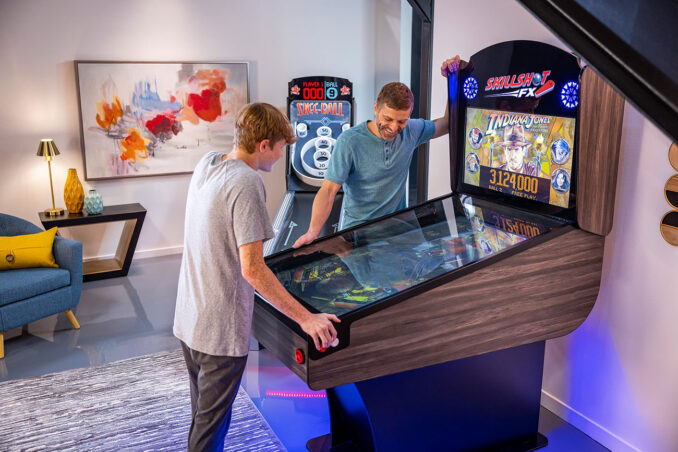
Source: abt.com
One of the joys of creating your virtual pinball machine is the opportunity to design a custom playfield. Whether you want to recreate a classic table or invent your own, graphic design skills or access to a talented artist will be invaluable. Ensure the playfield graphics are high-resolution and visually appealing, as they will be the focal point of your machine.
Installing Buttons, Plunger, and Flipper Mechanisms
To bring interactivity to your machine, you’ll need to install buttons for flipper controls, a plunger for launching the ball, and additional buttons for various in-game functions. Carefully measure and mark the locations for these components to ensure precise and responsive gameplay. Secure them to the cabinet and connect the wiring to the appropriate electronic components.
Wiring and Connecting the Electronic Components
The wiring phase can be intricate, as it involves connecting all the electronic components, including buttons, solenoids, sensors, and LEDs. You’ll need to create a wiring diagram to guide you through this process, ensuring that each connection is secure and correctly linked to the computer or hardware platform. It’s crucial to maintain organization and attention to detail to avoid potential issues down the road.
Calibrating and Configuring the Virtual Pinball Software
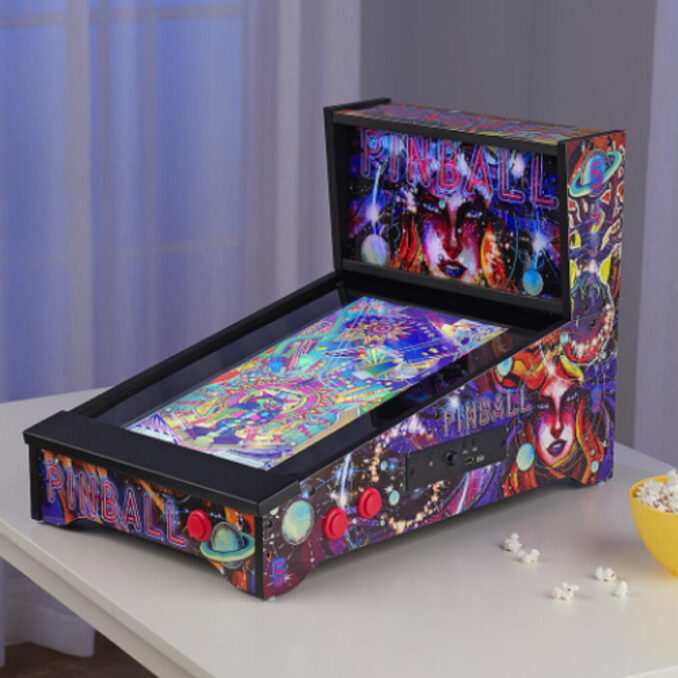
Source: kidsplaygroundset.com
Once your hardware is in place and wired correctly, it’s time to calibrate and configure the virtual software. This step involves mapping the physical buttons and sensors to their corresponding in-game functions. You may also need to adjust screen resolution and graphics settings to optimize gameplay. Take your time to fine-tune these settings for a seamless experience.
Troubleshooting Common Issues and Fine-Tuning Gameplay
As with any DIY project, you may encounter challenges along the way. Common issues in virtual pinball machines include input lag, graphics glitches, and calibration problems. Refer to online communities and forums for assistance from experienced builders and gamers. Continuously fine-tune your machine to ensure smooth gameplay and address any issues promptly.
Enjoying Your Homemade Virtual Pinball Machine
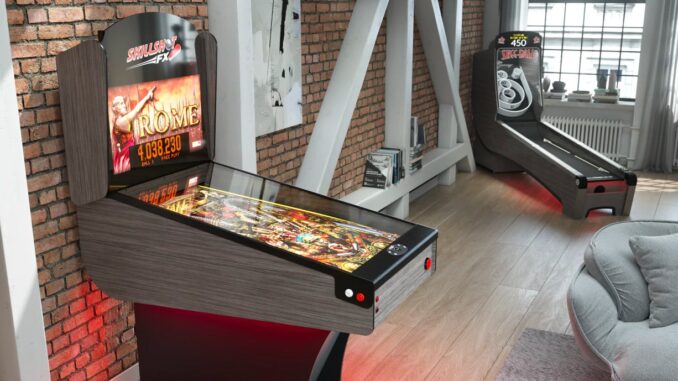
Source: gizmodo.com.au
Congratulations! After all the hard work and dedication, you’re now the proud owner of a homemade virtual pinball machine. Invite friends and family to share in the excitement, and don’t forget to enjoy countless hours of nostalgic gameplay. Your DIY virtual pinball machine is not only a source of fun but also a testament to your craftsmanship and ingenuity.
Conclusion
In conclusion, crafting a DIY virtual pinball machine at home is a rewarding endeavor that combines creativity, technical skills, and a passion for gaming. By following the steps outlined in this guide, you can create a personalized pinball experience that will bring joy to your home for years to come. Whether you’re a seasoned builder or a novice looking for a new project, constructing your virtual pinball machine is an adventure worth embarking on. So, roll up your sleeves, gather your materials, and let the pinball wizard in you come to life!


